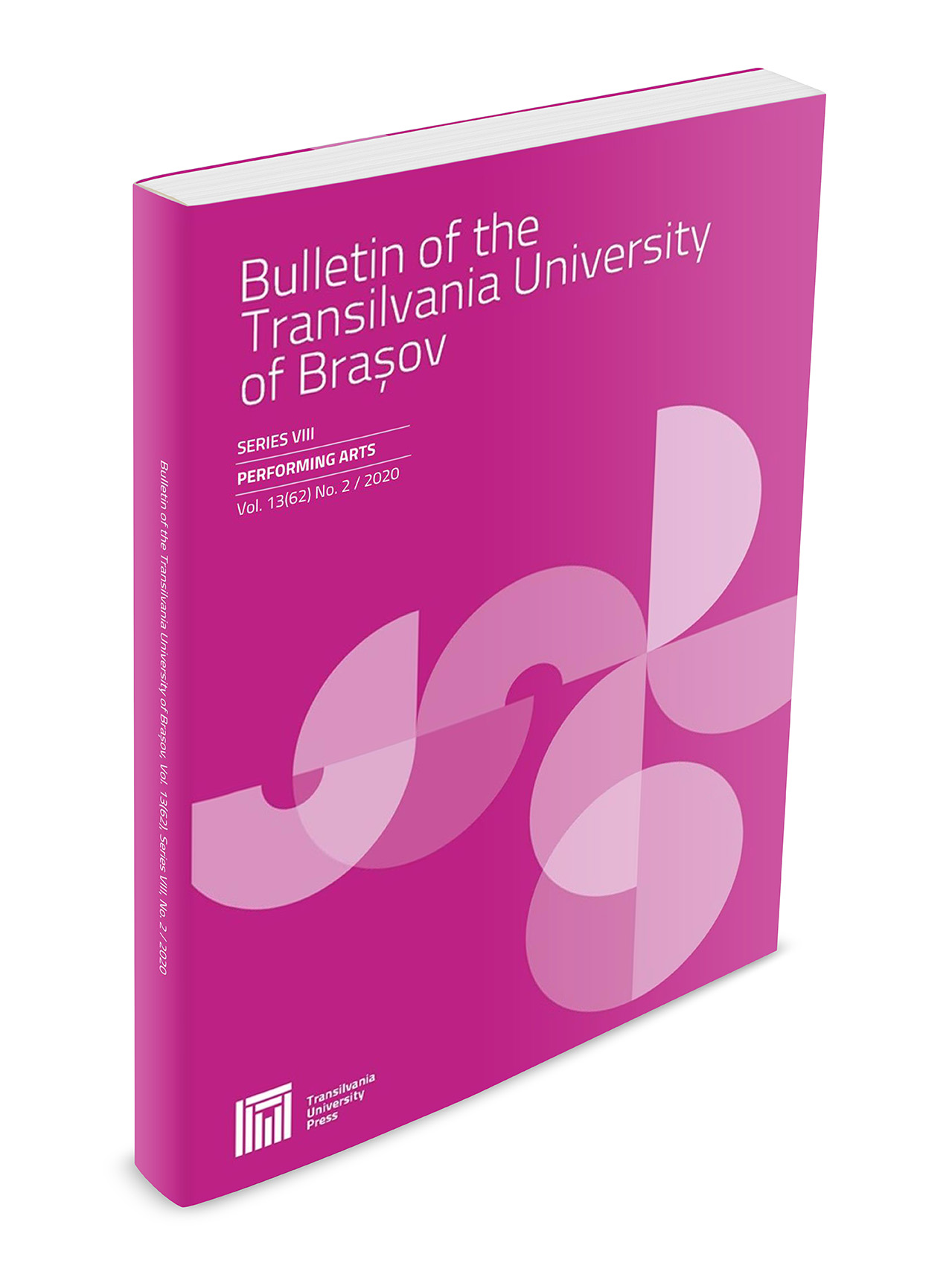Synaesthesia and artistic experimentationinAlexandr Scriabin’s works
Keywords:
music, painting, synaesthesia, Scriabin, associationAbstract
The belief that painting could emulate music and the reverse, that music could emulate painting, inspired a part of the most progressive visual arts of the 20th century. The artists who made use of synaesthesia created an astounding correspondence between color and sound, color and idea, drawing varied and unexpected analogies to convey sensations, intimations, and emotions. The aim of this research is to present some of the trends that resulted from these correlations between music and painting at the beginning of the 20th century, a period when artists aimed to create impersonal and conventional music in an attempt to reach the objectivity, rationalism, and constructivism, focusing on the works of Wassily Kandinsky and Alexandr Scriabin. For many of the artists of the beginning of the past century, music represented the new idea of transposition in visual arts. It was no longer the content to reproduce the visible world, but, for a change, the painters strived to put into their canvasses the emotional intensity, the structural integrity, and the aesthetic purity generally attributed to music.Downloads
Published
Issue
Section
License
Copyright (c) 2017 Bulletin of the Transilvania University of Braşov. Series VIII: Performing Arts

This work is licensed under a Creative Commons Attribution 4.0 International License.




